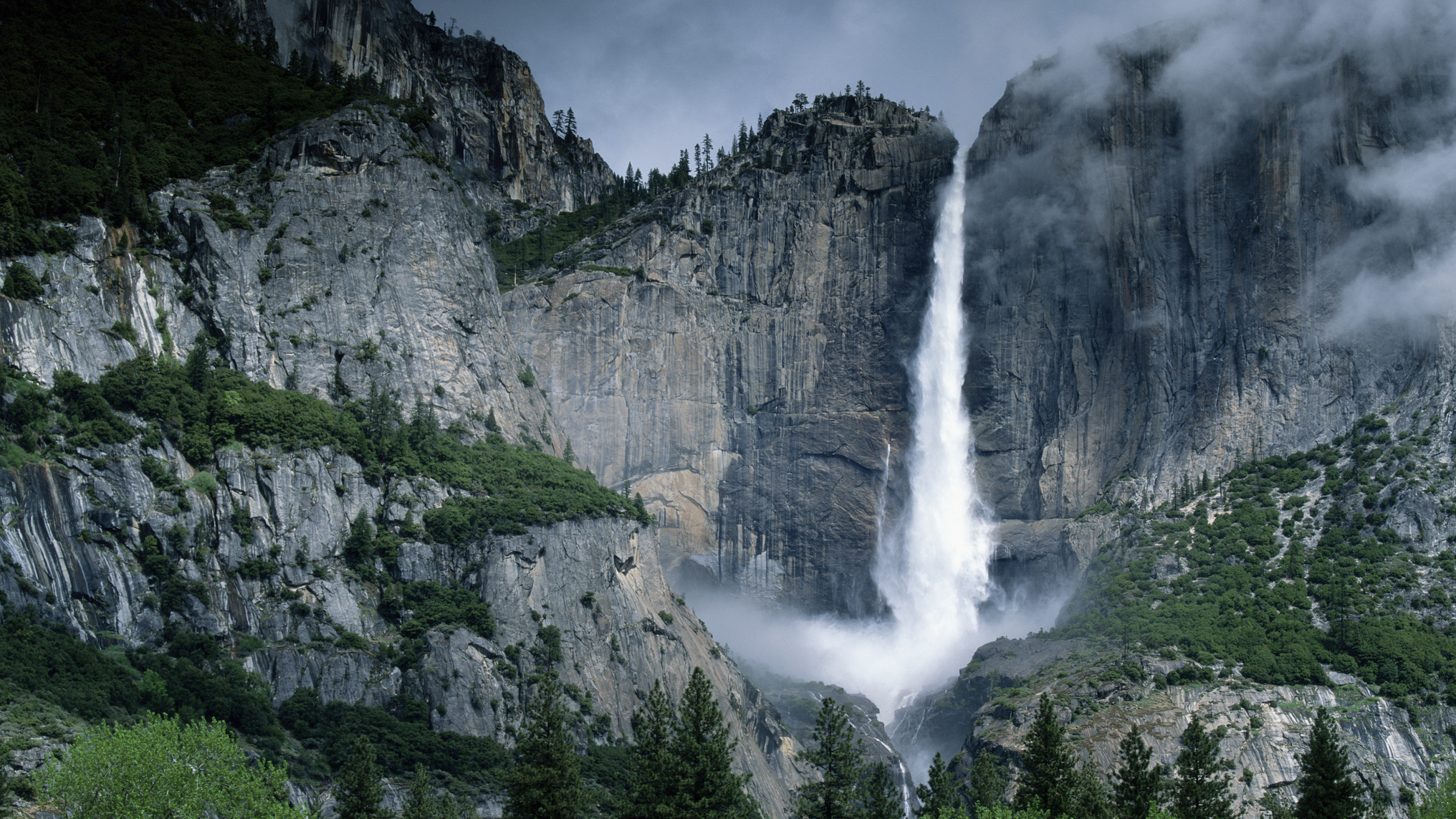Wild camping on Dartmoor under threat: England’s last bastion under scrutiny
With a ruling set to be made on wild camping on Dartmoor, we take a look at the issues surrounding wild camping in the UK
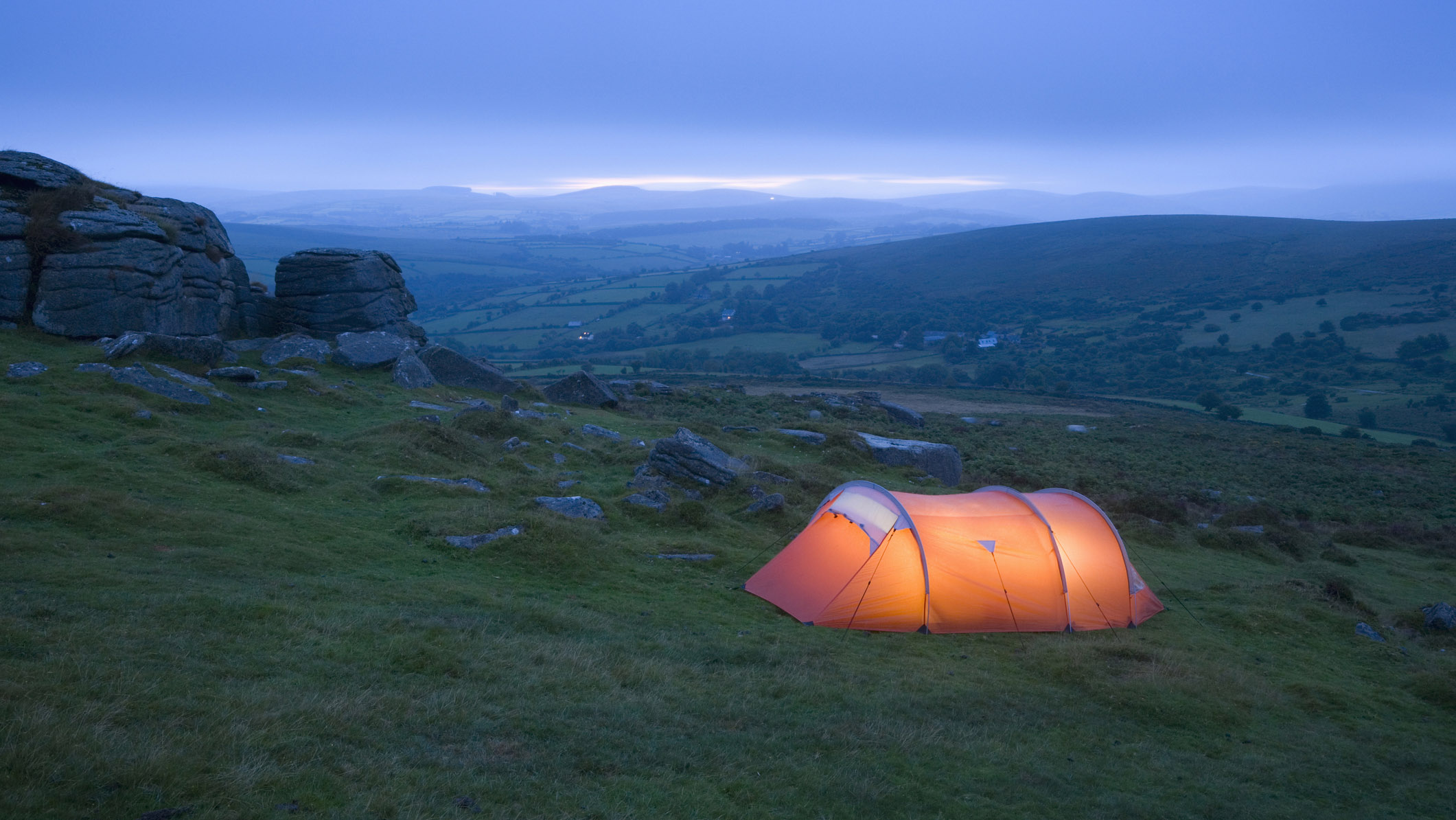
Wild camping on Dartmoor is currently under threat. The national park, characterised by its mystical tor-topped moorland and scenic valleys, is the only place in England or Wales where wild camping is legal. This has been the case since the Dartmoor Commons Act of 1985. However, unlike in American national parks where the land is owned by the government, much of the land in Britain’s national parks is still owned by privately.
Landowners Alexander and Diana Darwall, who own the 4,000-acre Blachford Estate in the south of the national park, are challenging the public’s right to camp on their land. In the current High Court hearing, it emerged that they believe that camping “often creates problems and risks” which are “getting worse”. They are seeking to gain a ruling to make it illegal for people to camp on their moorland, which is also used for holiday rentals, deer stalking and pheasant shooting.
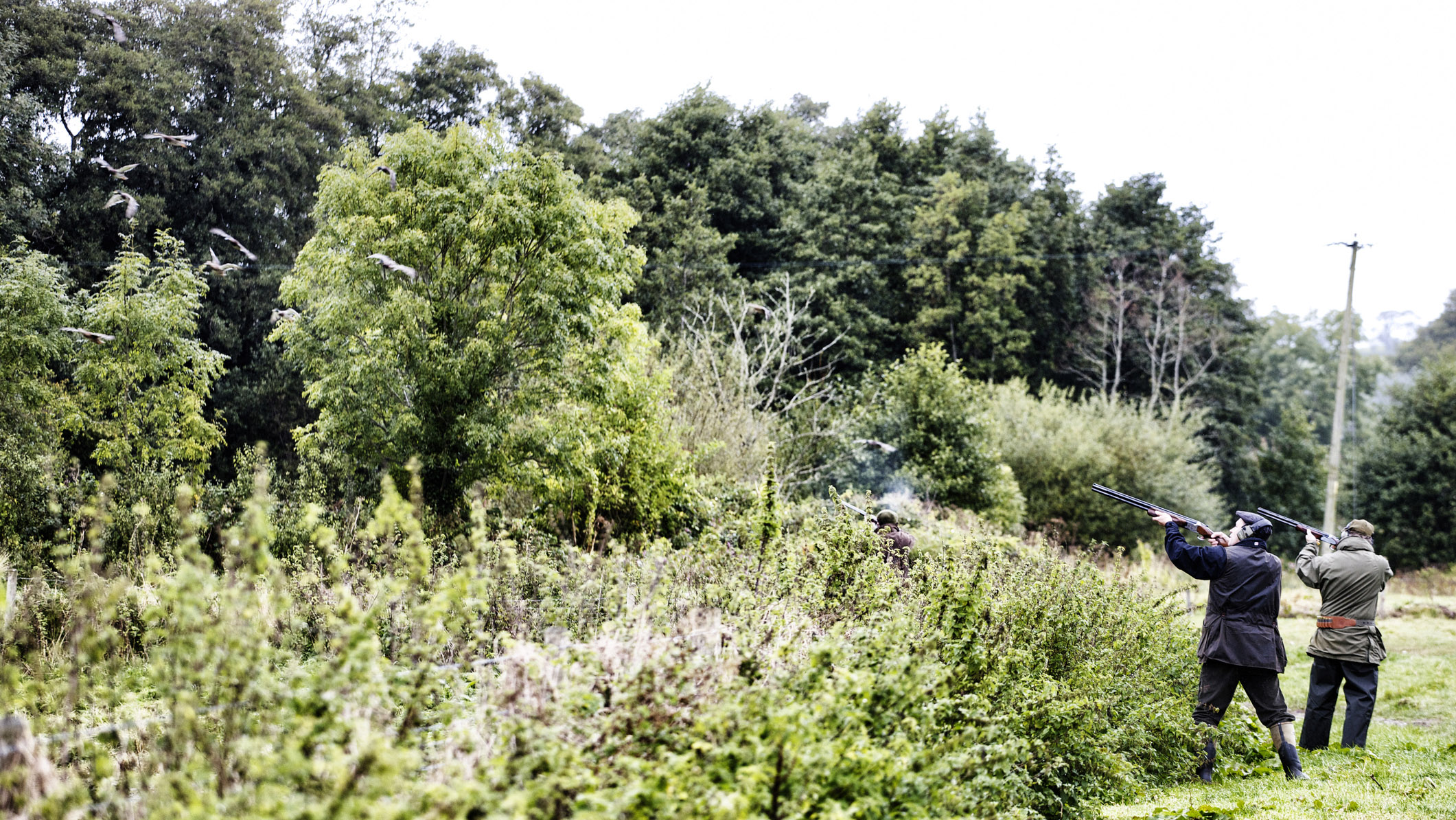
Many lovers of the outdoors fear that, if the landowners are successful, it could put the right to wild camp across the rest of Dartmoor at risk too, permanently degrading ordinary people’s right to roam and to pitch their camping tent wherever they like on the moors.
British people have been campaigning for their right to roam long before the events around the Mass Trespass of 1932, which eventually led to the formation of the country’s first national parks. While access to the great outdoors has improved tremendously since then, the current challenge to wild camping on Dartmoor represents a potential backward step.
What is wild camping?
Fundamentally, wild camping is any camping that takes place away from a pre-designated camp site. It has many advantages: it’s free; you can choose where to pitch your tent; and you enjoy all the benefits of solitude, including blissful tranquillity and bright night skies. However, you also forego the facilities and comforts of a campsite and wild camping generally involves more effort and planning.
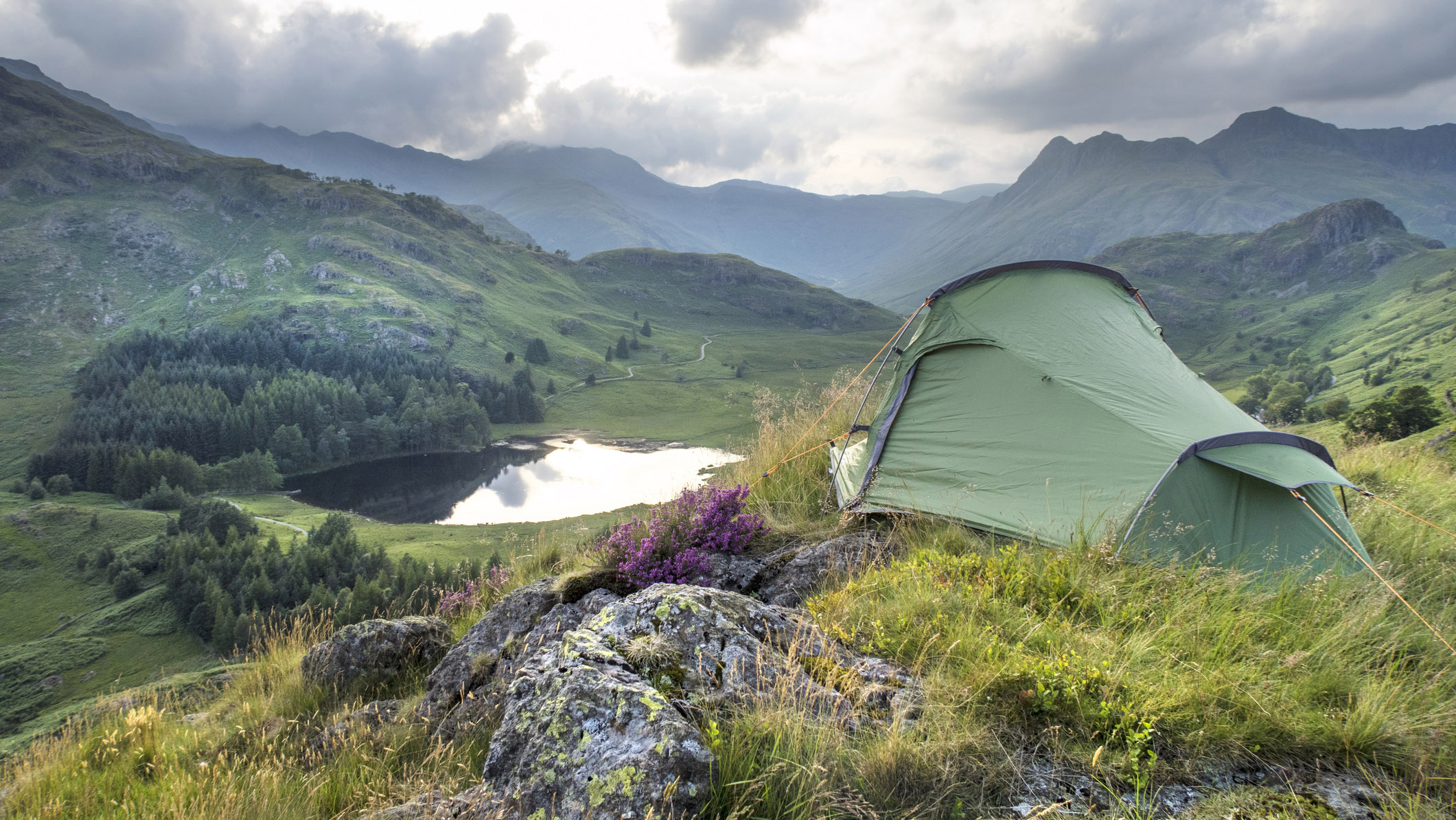
What is the current situation in Dartmoor National Park?
It is legal to wild camp on designated areas of Dartmoor National Park, as long as it’s in small numbers and you only stay for one or two nights. Much of the moorland is covered by the designated area, including Stall Moor, which is owned by the wealthy landowners seeking to challenge campers’ rights.
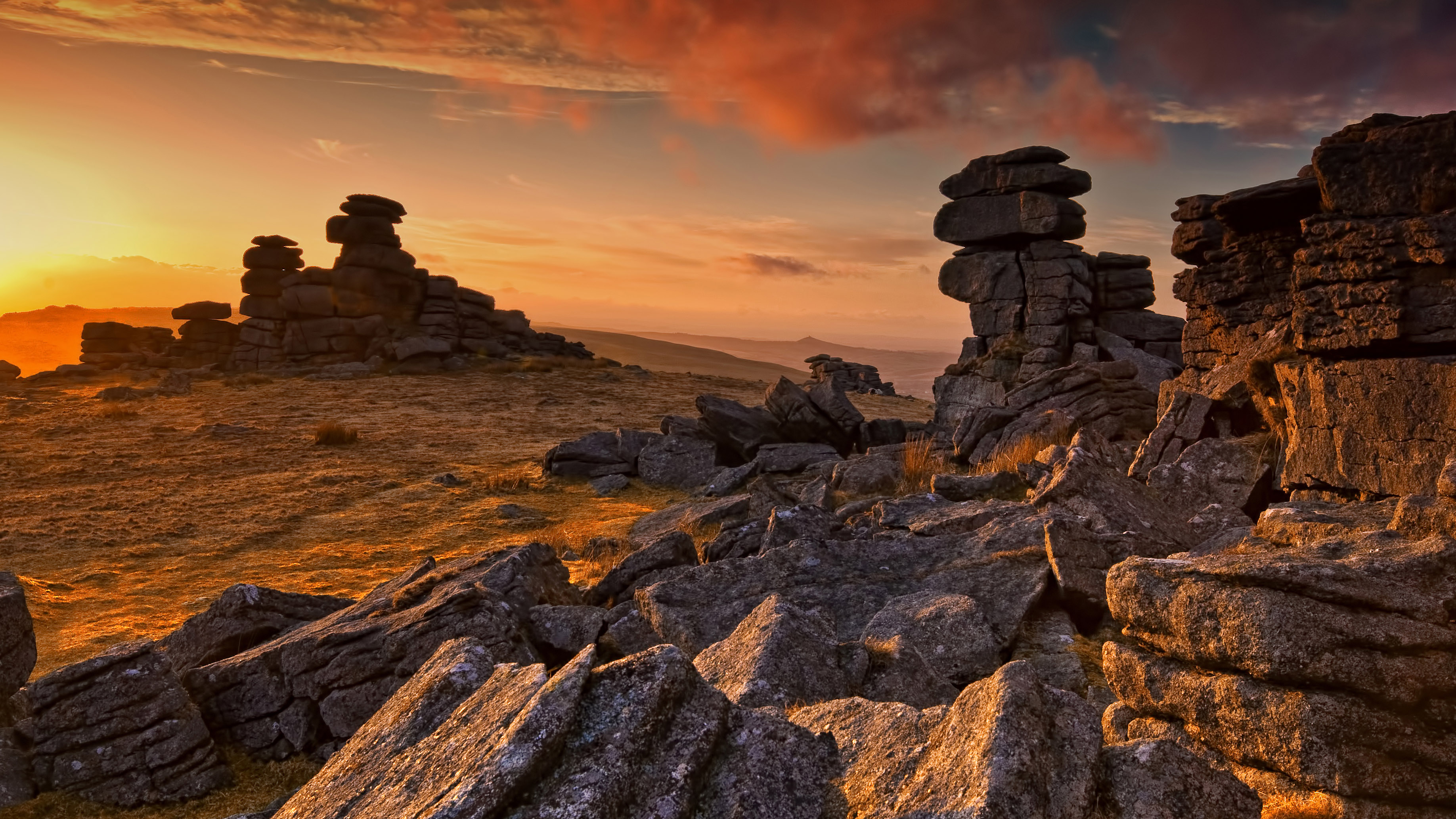
What is the situation in the UK?
Here’s the elephant in the room. If wild camping in England and Wales is only legal on Dartmoor, then why do you see tons of Instagram snaps and TikTok reels of people in their one-person tents up mountains in places like Snowdonia and the Lake District? Well, even though camping wild is technically illegal without landowner permission, it is generally tolerated if practised responsibly – more on that in a bit.
Advnture Newsletter
All the latest inspiration, tips and guides to help you plan your next Advnture!
There’s a whole different picture in Scotland where it is legal to wild camp, thanks to the Land Reform Act of 2003. This freedom means you can pitch up just about anywhere in Scotland’s wilderness regions and national parks. The main exception to this is specified areas within the Loch Lomond and the Trossachs National Park during summer, as it gets very busy during this time. You can still wild camp in these areas with a permit.

What problems can wild camping cause?
With the joys of wild camping comes great responsibility. Campers should be mindful of the environment and the fact that they may be on another person’s land. Many outdoor lovers practise wild camping with the utmost respect to their surroundings but this is not always the case.
The boom in the number of people heading into their outdoors with a tent during the Covid pandemic was quickly followed by consternation at the terrible state that some beauty spots were being left in and calls for more responsible wild camping practices from many outdoor organisations.
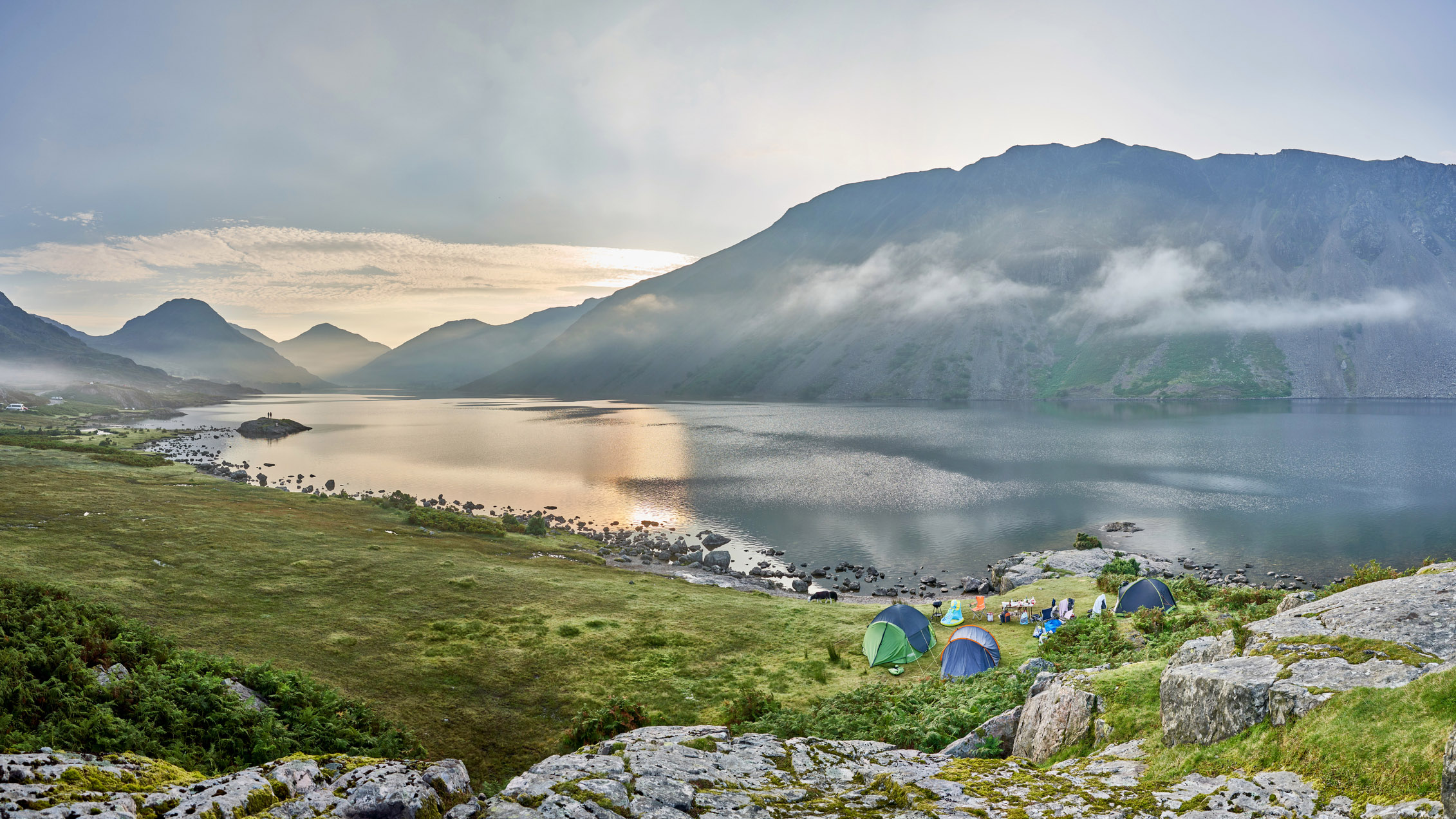
Trash is the obvious problem, with the most popular wild camping spots falling prey to chocolate wrappers, beer cans, cigarette buts, crisp packets and soiled toilet roll. The latter is another issue in itself. If toileting is done irresponsibly, it can become a huge problem, poisoning water courses and harming the local ecosystems. Similarly, detergents can also contaminate streams and can have an adverse effect on wildlife.
Another major issue is the threat of wildfires from badly managed campfires or cigarettes not being put out properly. As the climate crisis continues, wildfires are sadly becoming more common. While most wildfires start naturally, a great many are caused by humans. Use a camping stove to do your cooking and only ever light a fire if you find yourself in an emergency and there’s no other option.
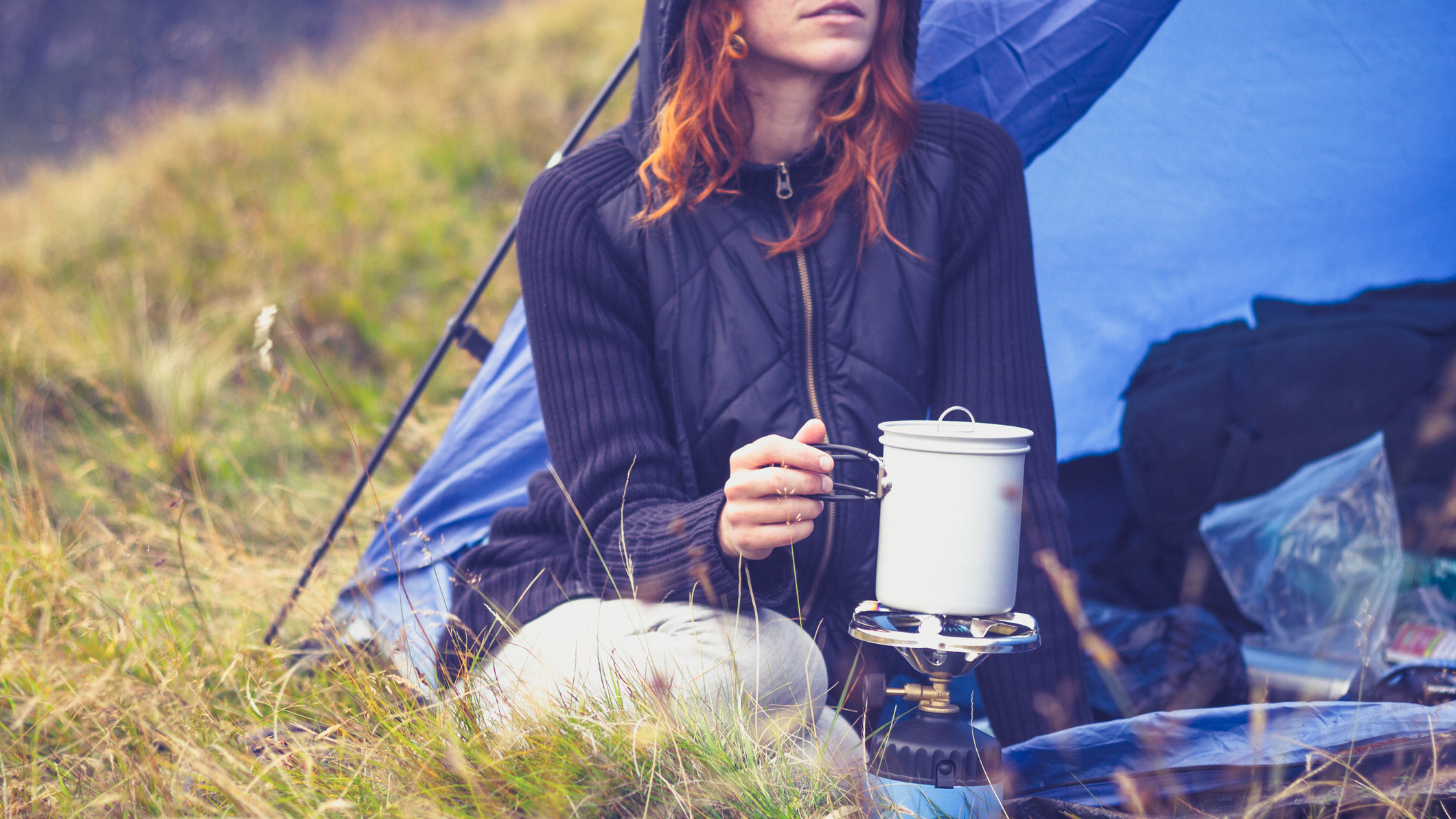
Responsible camping
So, if you’re heading out on a wild camp, remember to do it responsibly by following the wild camping code, which contains a number of the leave no trace principles too.
- Camp high up and away from main trails, houses and farmland.
- Keep numbers of people to a minimum and only ever use the same camp spot for two nights, maximum. If you are part of a large ground, you should use a campsite facility.
- Set up late in the evening and pack out early in the morning.
- If you’re in any doubt about whether you should camp in a specific place, choose an alternative.
- In England and Wales, if asked by a landowner to move on, do so politely. You are on their land, after all.
- Keep the noise down to maintain the quiet of the backcountry.
- Pay respect the land you hike in on and pitch your tent on. Don’t trample plants, move rocks or dig ditches and camp at least 75 meters away from lakes, rivers and streams.
- Take nothing but photos. Your surroundings should be left as close to how you found them as possible. This includes carrying out trash, food waste, toilet paper and sanitary products.
- DO NOT light a fire. Use a camping stove to do your cooking.
- Bring a bowl for washing with soap or detergent to avoid contaminating water courses with cleaning products.
- Finally, toilet at least 50 meters away from any paths, streams or lakes. For a ‘number two’, you’ll either need to use a trowel to dig a hole of at least 6 inches in depth and bury your waste, or carry it out with you using a biodegradable bag.
Alex is a freelance adventure writer and mountain leader with an insatiable passion for the mountains. A Cumbrian born and bred, his native English Lake District has a special place in his heart, though he is at least equally happy in North Wales, the Scottish Highlands or the European Alps. Through his hiking, mountaineering, climbing and trail running adventures, Alex aims to inspire others to get outdoors. He's the former President of the London Mountaineering Club, is training to become a winter mountain leader, looking to finally finish bagging all the Wainwright fells of the Lake District and is always keen to head to the 4,000-meter peaks of the Alps. www.alexfoxfield.com

